Hands On With the Samsung Galaxy Note 5 and Samsung Galaxy S6 edge+
by Joshua Ho on August 13, 2015 11:00 AM EST- Posted in
- Smartphones
- Samsung
- Galaxy
- Mobile
- Galaxy Note 5
Software
Continuing along the software train of thought, TouchWiz on the edge variant sees new edge features, namely the ability to adjust the position of the edge drawer swipe, the ability to use the edge drawer in applications, and the addition of an app drawer to the edge drawer. I’m not really sure if these features are enough to move the edge display from a mostly cosmetic change to a functional one, but the edge app drawer presents at least the possibility of additional functionality.
On both devices, I also noticed that the iconography has changed from the Galaxy S6. The change isn’t really radical here, but it is enough to be noticeable in comparison to previous iterations. The software remains relatively similar to the Galaxy S6 in UI performance, which probably isn’t a surprise given the shared SoC, display resolution, and UI/frameworks.
SideSync has also been updated significantly for the Note 5 and the edge variant, with the ability to automatically reconnect on a shared network instead of manually connecting to the phone with the SideSync client after every disconnect, drag and drop wireless file transfer, and phone call/text messaging over the SideSync client. As far as I can tell, these could be worthwhile features but without testing it’s hard to say if it will make a big difference in user experience.
Another interesting software feature that Samsung demonstrated for audio was UHQA, or Ultra High Quality Audio. I normally don't bother to talk about these features because it's pretty easy for them to end up as gimmicks, but this feature is effectively designed to try and reduce the effects of lossy compression when high frequencies have been cut off. As seen in the photo above, when UHQA was off the sample music topped out at around 8-10 KHz, while with UHQA on we see harmonics extending up to 20 KHz. Subjectively, it did seem that this interpolated version was much closer to a lossless music file, but my ears aren't particularly astute in that regard.
Both devices will also support live YouTube broadcasting as a camera mode, which seems potentially useful, especially with 1080p60 broadcasting quality but for some reason the units that I saw were limited to 240p, which may be due to the nonfinal state of the software.
Samsung Pay
With the Galaxy S6, I mentioned that there were magnetic secure transmission (MST) capabilities which would allow for the phone to allow for contactless payment even on legacy payment terminals that only allow magstripe cards, but I didn’t feel that it was worth mentioning as a real reason to get the phone as Samsung Pay was announced with the Galaxy S6 but without any demonstration or support soon after launch. With the Galaxy Note 5 and the edge variant, this changes. Samsung is hoping to begin user trials of Samsung Pay with NFC and MST contactless payment in the US this month, with a US launch in September. According to Samsung, feedback from user trials in South Korea was overwhelmingly positive, with only a small number of legacy terminals that needed software updates to support MST transactions.
From the demo that I saw, Samsung Pay is actually quite promising as it didn’t seem particularly sensitive to orientation as long as the back of the phone was reasonably close to the magstripe reader on the terminal. Activation is relatively simple, and is accomplished by simply swiping on the display when the screen is off and tapping the card you want to use, then authenticating with Pin or fingerprint. This isn’t as fast or simple as some competing solutions, but given the constraints of MST it makes sense. It’s worth noting though that in October magstripe cards will see a liability shift that is likely to drive NFC/EMV adoption much more strongly in the US, although Samsung predicts that the shift will still take a year or two in which MST will still have significant utility. It’s also worth noting that any device with a tripped Knox flag will be unable to use Samsung Pay.
Accessories
A number of accessories were also on display which were at least somewhat interesting. In addition to fast wired charging, Samsung seems to have developed a fast wireless charger, although it isn’t clear what the power output is compared to the previous standard wireless charger.
There were also external batteries with fast charging at what appears to be 9V and 1.67A, so this is probably supports QC 2.0.
There were various cases on display, but the only one worth really focusing on as far as I can tell is the keyboard case for the edge variant, which effectively makes it possible to turn the phone into a sort of throwback to Palm Treos, as the color and general design of the case really does give it a retro feel. Outside of design, typing with it was a fun experience but I didn’t really feel any faster than I did with an on-screen keyboard. I suspect that this will have a significant niche audience for those that are still clinging to phones like the Droid 4, but mainstream appeal would be relatively limited for this kind of accessory.
Wrapping things up, the Galaxy Note 5 and Galaxy S6 edge+ will be available in the US on AT&T, Verizon, Sprint, T-Mobile, and US Cellular. The Note 5 will be available in Black Sapphire and White Pearl, and the Galaxy S6 edge+ will be available in Black Sapphire and Gold Platinum.
Consumers will also be able to start trying out the Galaxy Note 5 and S6 edge+ on August 14th in various carrier outlets and electronics retailers, with preorders starting today at 3PM EST, with availability starting on August 21st. On Sprint, the Galaxy Note 5 will start at 249.99 USD on contract, and the Galaxy S6 edge+ will start at 349.99 USD on contract. On T-Mobile, the Note 5 will start at 25 USD/month through September 30, and the Galaxy S6 edge+ will start at 28.5 USD/month.


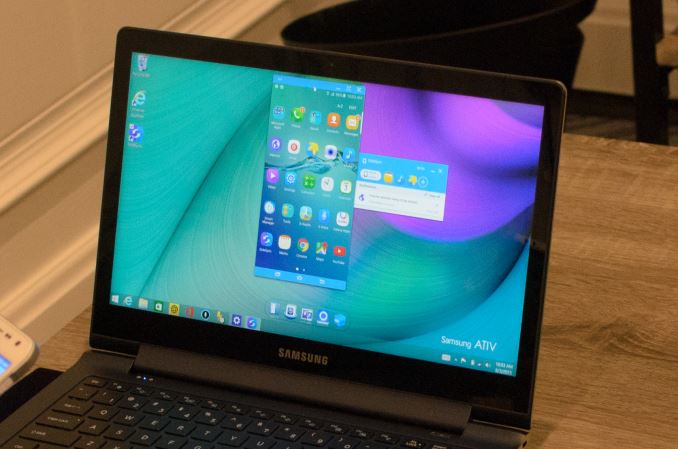
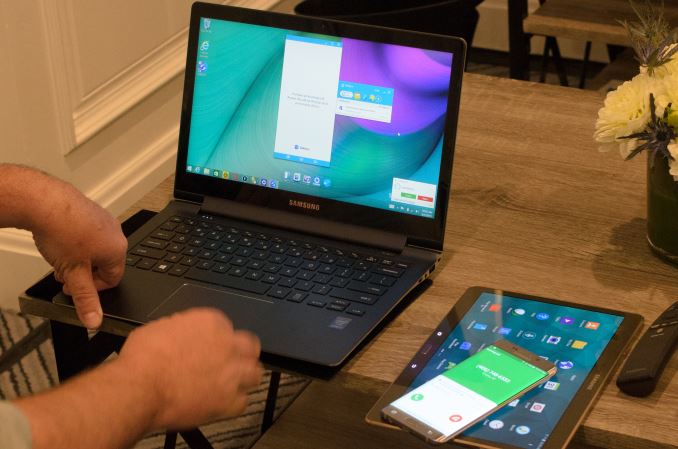
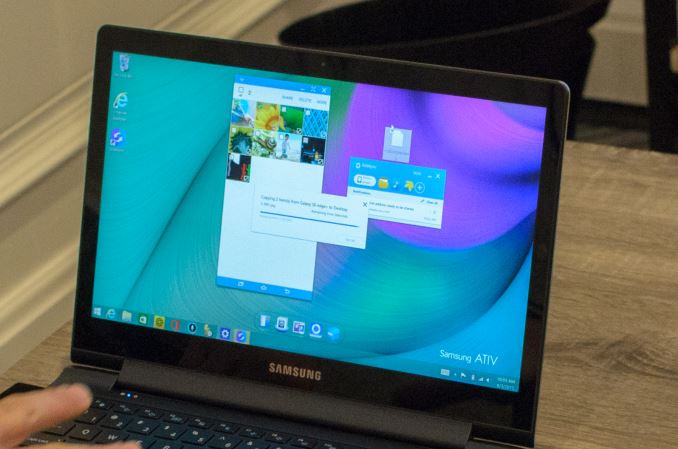
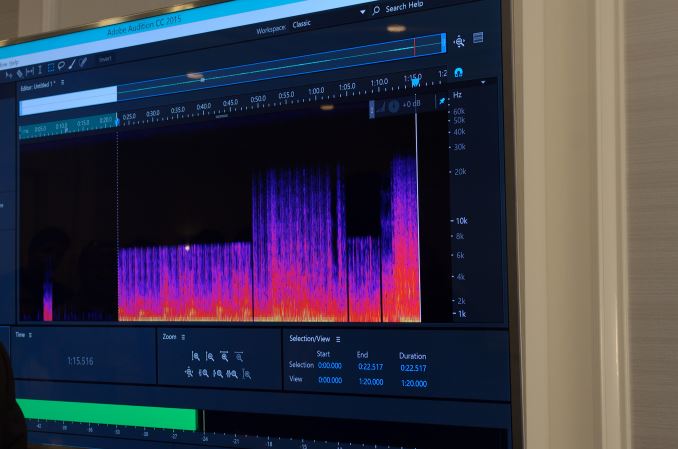



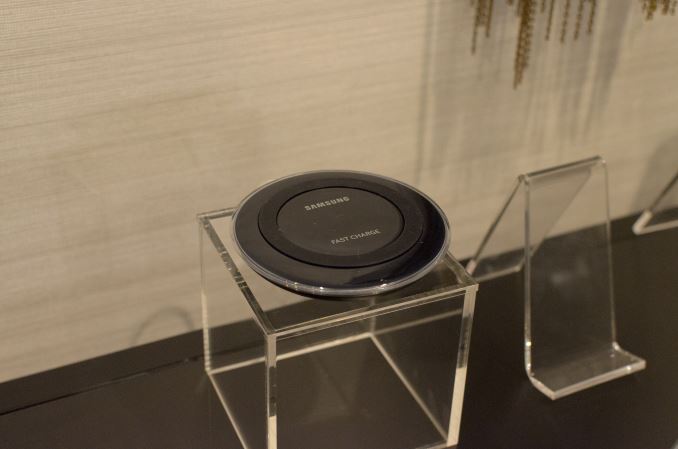
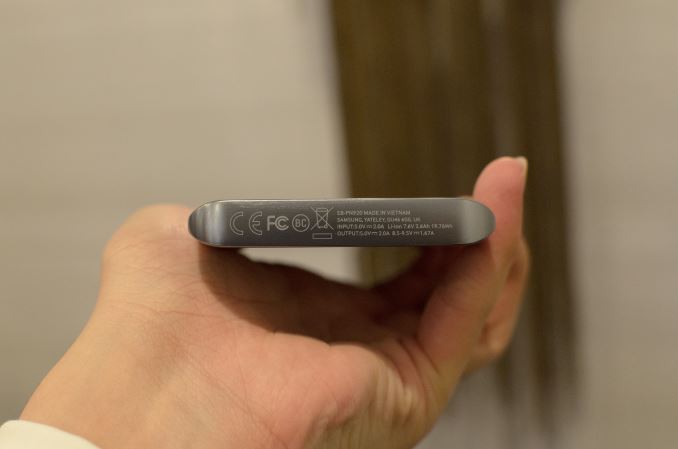
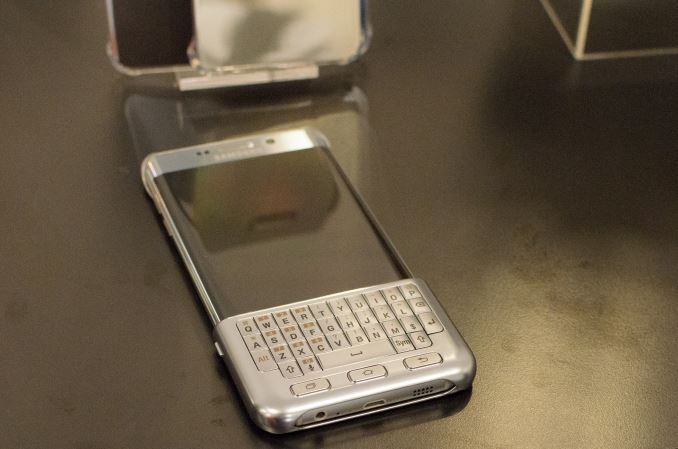









218 Comments
View All Comments
digiguy - Friday, August 14, 2015 - link
No that was a mistake. There is no 128GB version.https://www.theverge.com/2015/8/14/9152581/samsung...
digiguy - Friday, August 14, 2015 - link
Unfortunately not, no 128GB (the page has been removed and see the article I linked below)Rick91042@yahoo.com - Thursday, August 13, 2015 - link
I'll pass...next! Unbelievable for a flagship phone/phablet like this to be crippled with only a 3000 mAh battery. Was going to buy it but passing on it. Hate having to keep charging the phone. Yes, wireless charging, but only at home or work, not on the go and do they think I'm hauling that around?! With poor sales, hopefully they'll get the message people want and expect more, not less!bertbert - Thursday, August 13, 2015 - link
HORRIBLE, just HORRIBLE- What do Samsung think that they are doing?
If a person wants a HEAVY METAL, NON-BATTERY SWAPPABLE, NON-MEMORY ADDABLE BRICK, they can always go over and buy a useless IPHONE....
My Note 3 is LIGHTER than the "new"
My Note 3 has MUCH MORE MEMORY (160GB) than the "new"
My Note 3 can swap to my spare batteries anytime for indefinite power-life, unlike the DEAD-BATTERY "new"....
theduckofdeath - Sunday, August 16, 2015 - link
Your Note 3 has UFS storage with SSD performance... Oh wait, it doesn't. eMMC SD cards would cripple the performance of a phone like this. You wouldn't buy a high performance PC and cram a mechanical disk in it just to save money after, would you?FozzyofAus - Sunday, August 16, 2015 - link
My old 16GB Note2 ran out of storage just from apps, not a single video and precious few photos.My 32GB Note3 has under 1GB free again mainly from apps. The video, photos, music, VR apps etc. are all on the MicroSD card. I'm already using over 64GB of storage.
The only time I found the storage on my Note2 to be too slow is when it was nearly full, that destroys performance.
I have a high end SSD in my PC. When I next upgrade I may even upgrade to a PCIe flash for the OS. I also have many TBs of HDDs. I don't need all my storage to be super fast even in my PC.
Why would I want to pay $200 extra to get an extra 96GB of super fast storage in a smartphone?
That's Apple customer crazy.
theduckofdeath - Tuesday, August 18, 2015 - link
I have a Note 4. I have ditched the SD card in it because it just drains the battery even when I'm not using the phone. I've got half a day extra battery simply by removing that card. And you know what, I have no congestion issues. Sure, I'm subscribing to Tidal to be able to stream HiFi quality music, Plex for my videos and I'm smart enough to use OneDrive to store all of my data.On your desktop, the performance and power usage hit literally is a non-issue, as you have an endless stream of power coming into it. You don't drag a long extension cord around with you for your mobile, do you? :D
Why would you pay more to get the best performing storage on your phone? For the exact same reason you buy SSD's for you r PC to improve its performance or battery life. It's really not that complicated. Yes, I agree the manufacturers are too greedy for the storage size upgrade prices, but they all do that. Even Google.
FozzyofAus - Wednesday, August 19, 2015 - link
Thanks for the info on battery life differences using a MicroSD. I've never checked that.My point is I don't want to pay 1000's to upgrade all my TBs of storage when for the majority of the content there will be no difference to the end user experience. Reading or writing a single 60Gb computer backup file doesn't require SSD throughput.
I have around 2GB of music on my phone, not that big a deal. But the 20+Gb of VR content is a problem for smartphones with smaller capacity, and that can't practically be stored in the cloud as a single 5 minute video is 1Gb and monthly data limits in Australia on mobile are quite low, and ADSL2+ can be quite slow (Max 3.5Mbps at my Dad's place).
The0ne - Thursday, August 13, 2015 - link
Here's hoping that the rumor of Samsung bring a variant of the Note 5 with microSD support is true.richough3 - Friday, August 14, 2015 - link
I generally like having a MicroSD card because with the small amount of available space that are on the regular phones themselves and the fact that apps are getting larger, when the main phone's space fills up, it affects overall performance of the phone. With having a MicroSD card, I can keep all my files on it, so I don't encounter those performance problems if I should fill up my MicroSD card. And on a limited data plan, cloud storage wouldn't be worth it to me. As a consumer, I like having the options, even if I never use it.